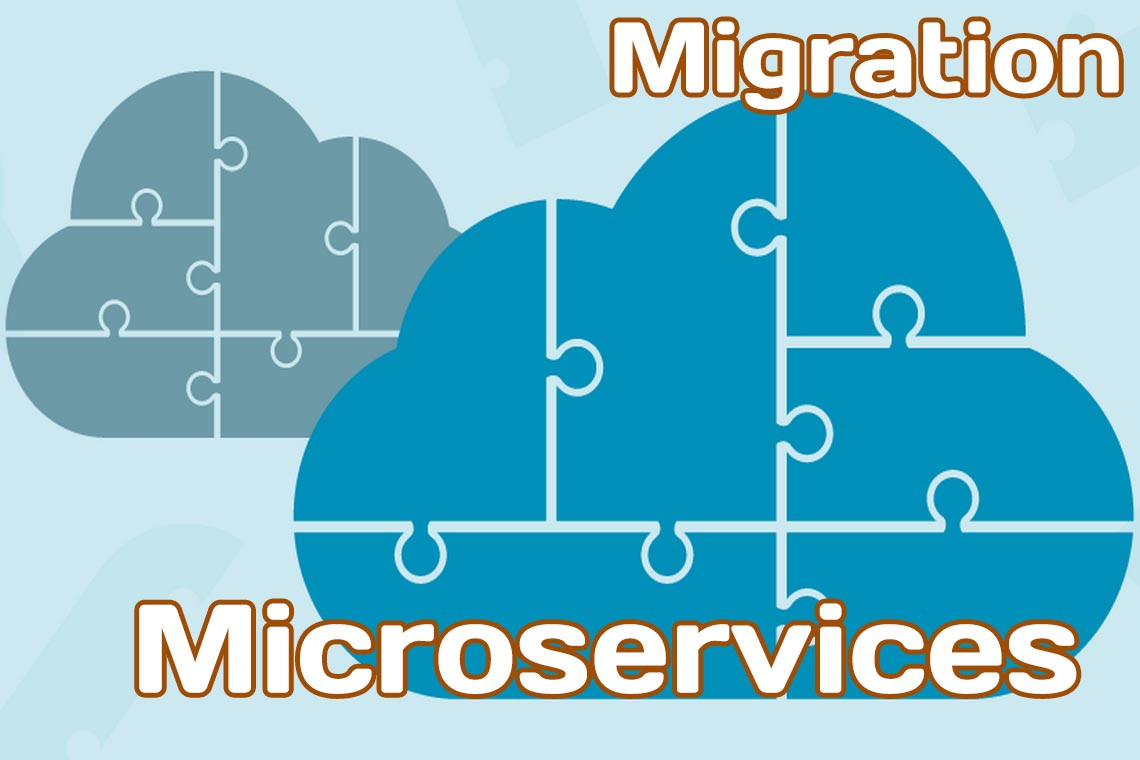It’s all too easy to dive straight into the nitty-gritty technical sides of monolithic decomposition - and this will be the focus of the rest of the book! But first we really need to explore several less technical issues. Where should you start the migration? How should you manage the change? How do you bring others along on the journey? And the important question to be asked early on - should you even use microservices in the first place?
Understanding the Goal
Microservices are not the goal. You don’t “win” by having microservices. Adopting a microservice architecture should be a conscious decision, one based on rational decision-making. You should be thinking of migrating to a microservice architecture in order to achieve something that you can’t currently achieve with your existing system architecture.
Without having a handle on what you are trying to achieve, how are you going to inform your decision-making process about what options you should take? What you are trying to achieve by adopting microservices will greatly change where you focus your time, and how you prioritize your efforts.
It will also help you avoid becoming a victim of analysis paralysis - being overburdened by choices. You also risk falling into a cargo cult mentality, just assuming that “If microservices are good for Netflix, they’re good for us!”
A Common Failing
Several years ago, I was running a microservices workshop at a conference. As I do with all my classes, I like to get a sense of why people are there and what they’re hoping to get out of the workshop. In this particular class several people had come from the same company, and I was curious to find out why their company had sent them. “Why are you at the workshop? Why are you interested in using microservices?” I asked one of them. Their answer? “We don’t know; our boss told us to come!” Intrigued, I probed further. “So, any idea why your boss wanted you here?” “Well, you could ask him - he’s sitting behind us,” the attendee responded. I switched my line of questioning to their boss, asking the same question, “So, why are you looking to use microservices?” The boss’s response? “Our CTO said we’re doing microservices, so I thought we should find out what they are!”
This true story, while at one level funny, is unfortunately all too common. I encounter many teams who have made the decision to adopt a microservice architecture without really understanding why, or what they are hoping to achieve.
The problems with not having a clear view as to why you are using microservices are varied. It can require significant investment, either directly, in terms of adding more people or money, or in terms of prioritizing the transition work over and above adding features. This is further complicated by the fact that it can take a while to see the benefits of a transition. Occasionally this leads to the situation where people are a year or more into a transition but can’t remember why they started it in the first place. It’s not simply a matter of the sunk cost fallacy; they literally don’t know why they’re doing the work.
At the same time, I get asked by people to share the return on investment (ROI) of moving to a microservice architecture. Some people want hard facts and figures to back up why they should even consider this approach. The reality is that quite aside from the fact that detailed studies on these sorts of things are few and far between, even when they do exist, the observations from such studies are rarely transferable because of the different contexts people might find themselves in.
So where does that leave us, guess work? Well, no. I am convinced that we can and should have better studies into the efficacy of our development, technology, and architecture choices. Some work is already being done to this end in the form of things like “The State of DevOps Report”, but that looks at architecture only in passing. In lieu of these rigorous studies, we should at least strive to apply more critical thinking to our decision making, and at the same time embrace more of an experimental frame of mind.
You need a clear understanding as to what you are hoping to achieve. No ROI calculation can be done without properly assessing what the return is that you are looking for. We need to focus on the outcomes we hope to achieve, and not slavishly, dogmatically stick to a single approach. We need to think clearly and sensibly about the best way to get what we need, even if it means ditching a lot of work, or going back to the good old-fashioned boring approach.
Three Key Questions
When working with an organization to help them understand if they should consider adopting a microservice architecture, I tend to ask the same set of questions:
What are you hoping to achieve?
This should be a set of outcomes that are aligned to what the business is trying to achieve, and can be articulated in a way that describes the benefit to the end users of the system.
Have you considered alternatives to using microservices?
As we’ll explore later, there are often many other ways to achieve some of the same benefits that microservices bring. Have you looked at these things? If not, why not? Quite often you can get what you need by using a much easier, more boring technique.
How will you know if the transition is working?
If you decide to embark on this transition, how will you know if you’re going in the right direction? We’ll come back to this topic at the end of the article.
More than once I’ve found that asking these questions is enough for companies to think again regarding whether to go any further with a microservice architecture.



